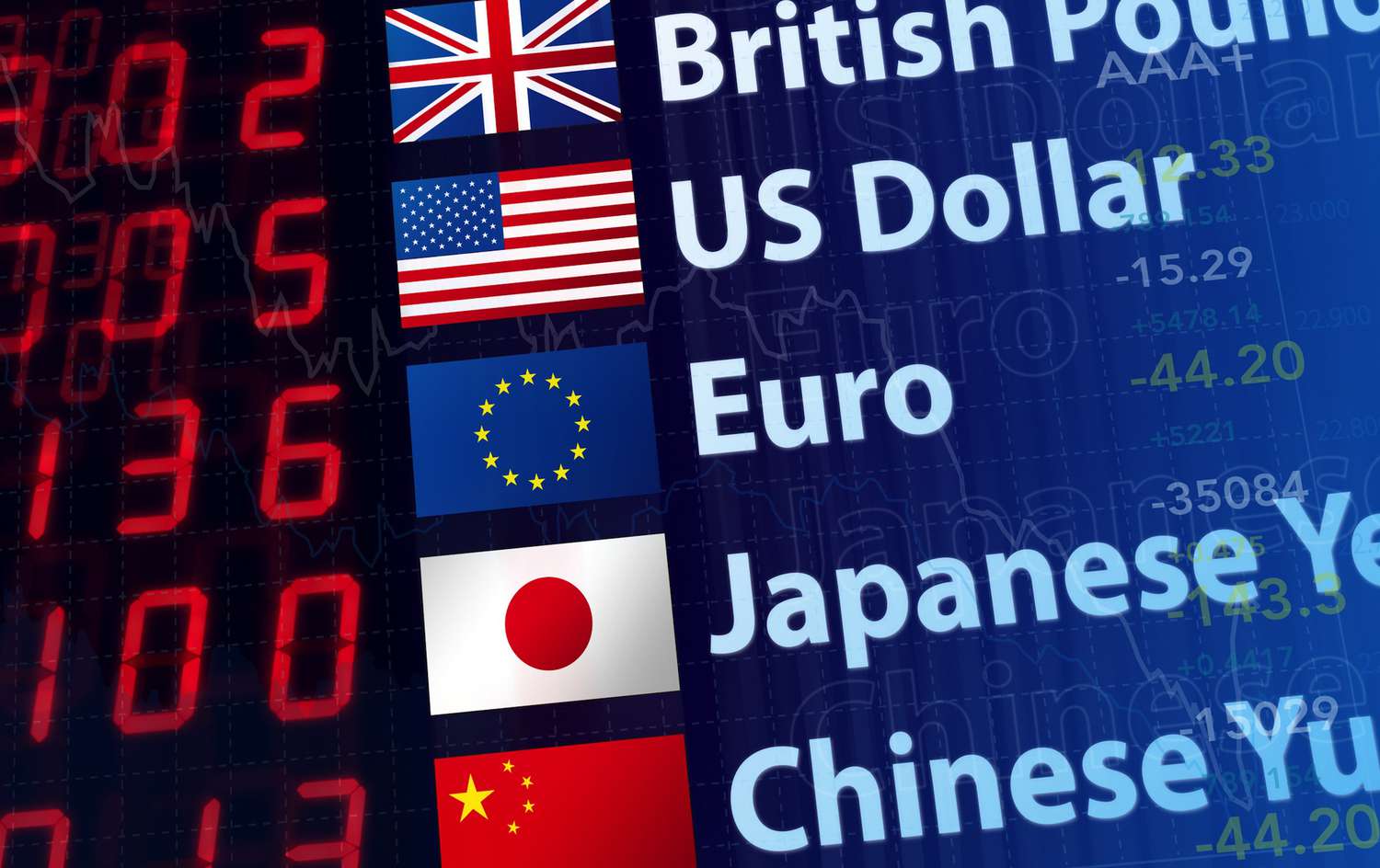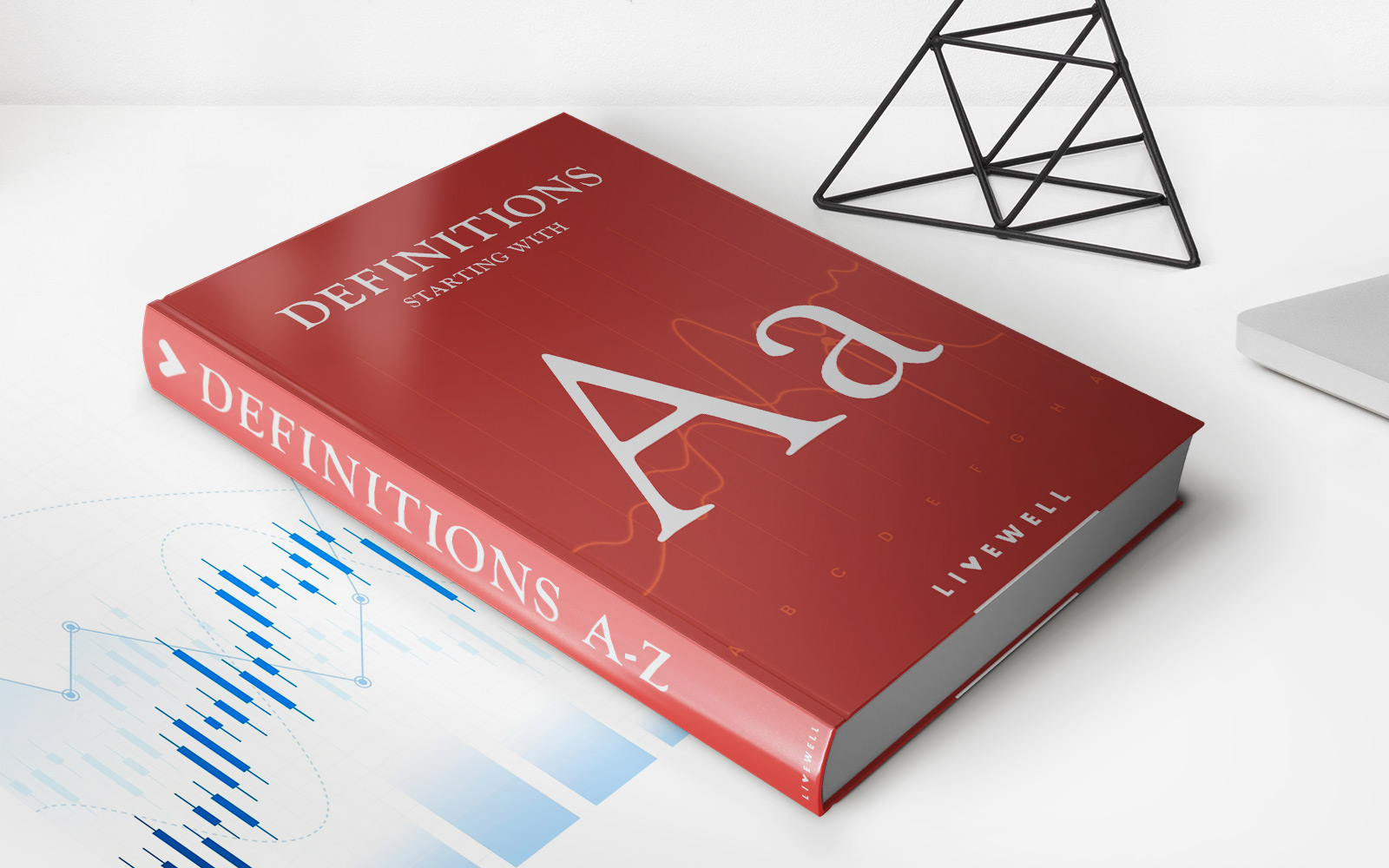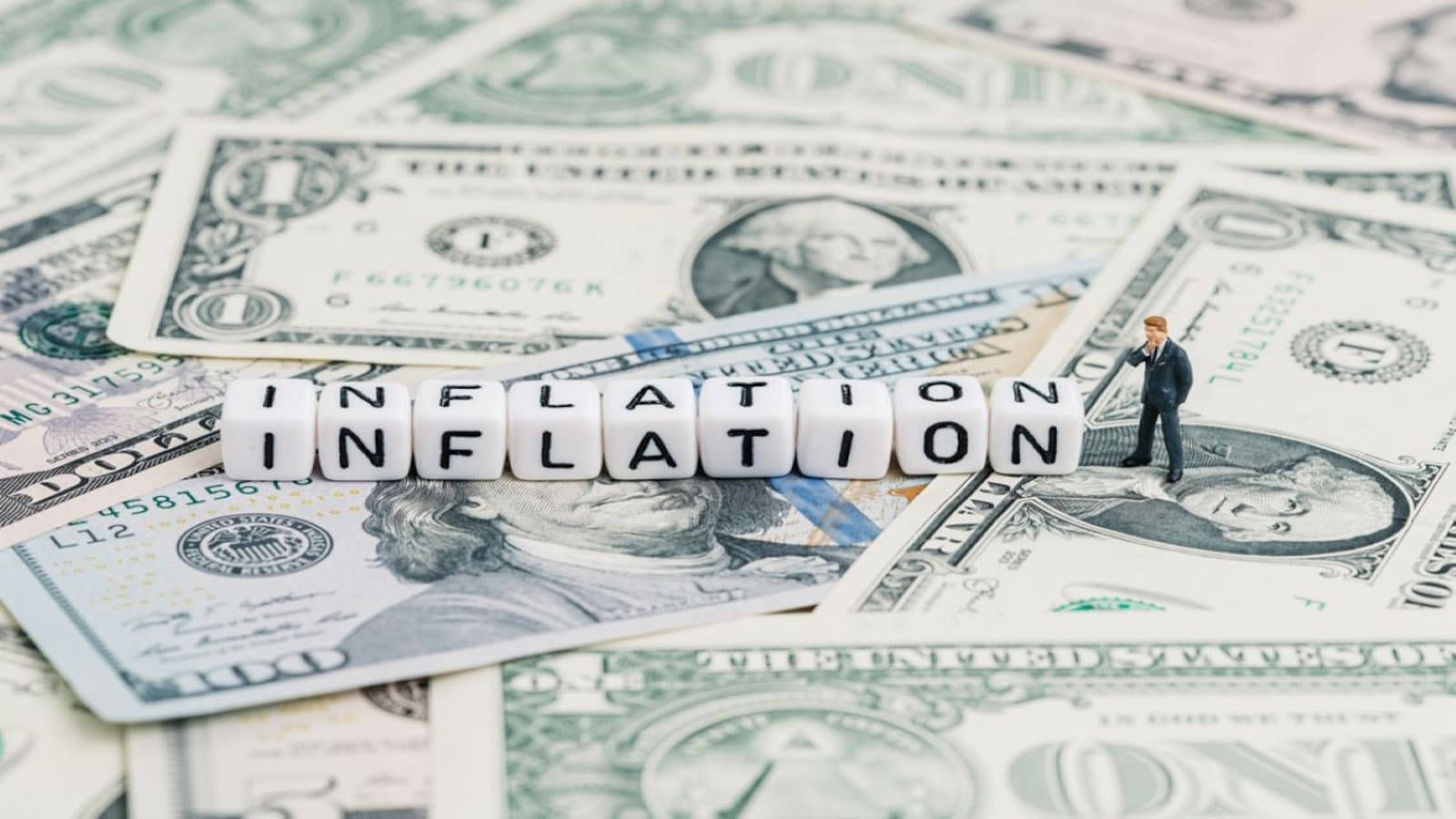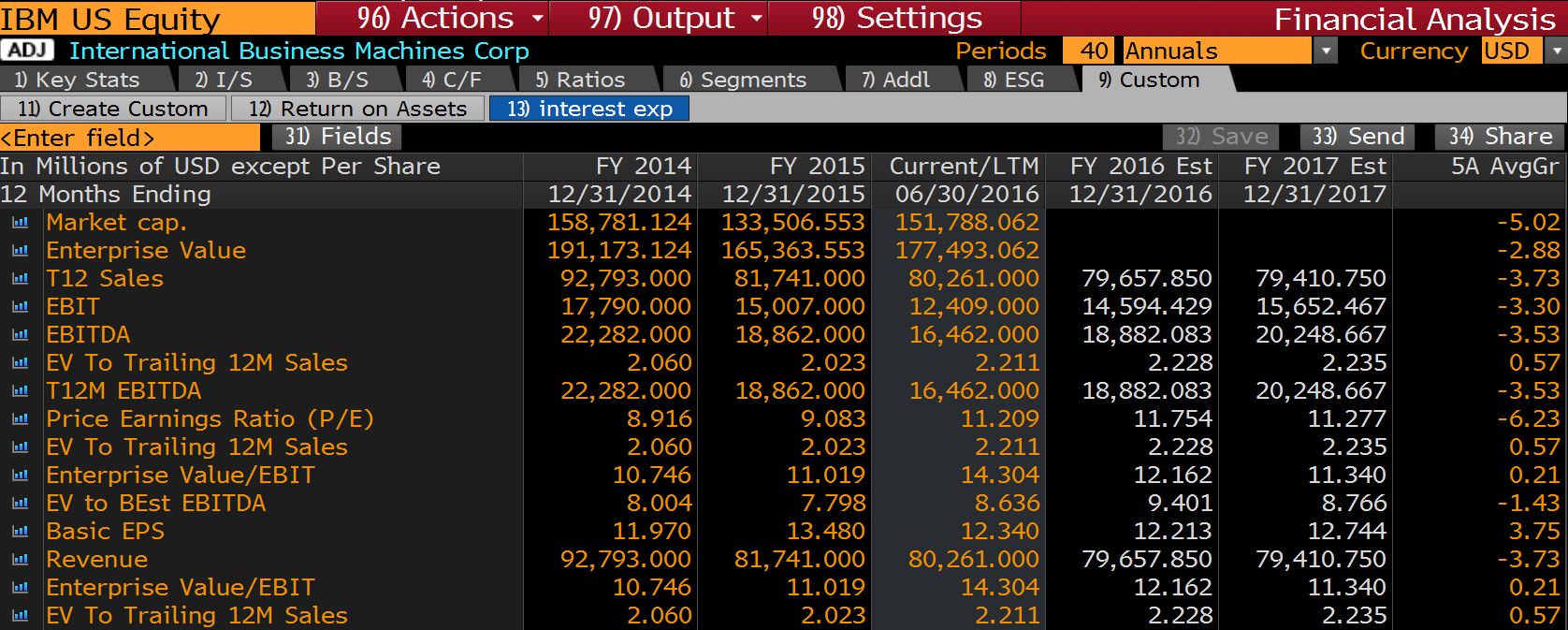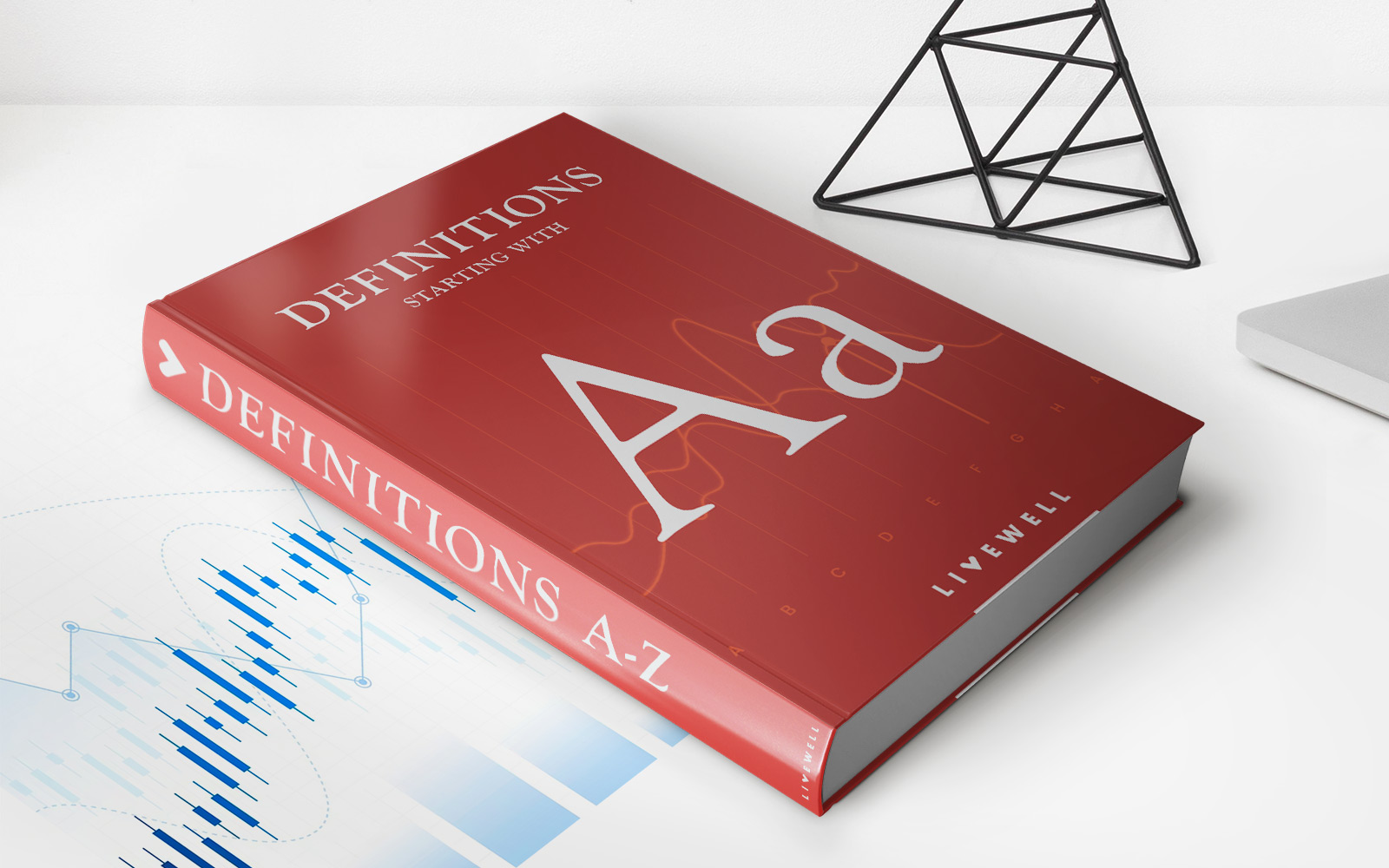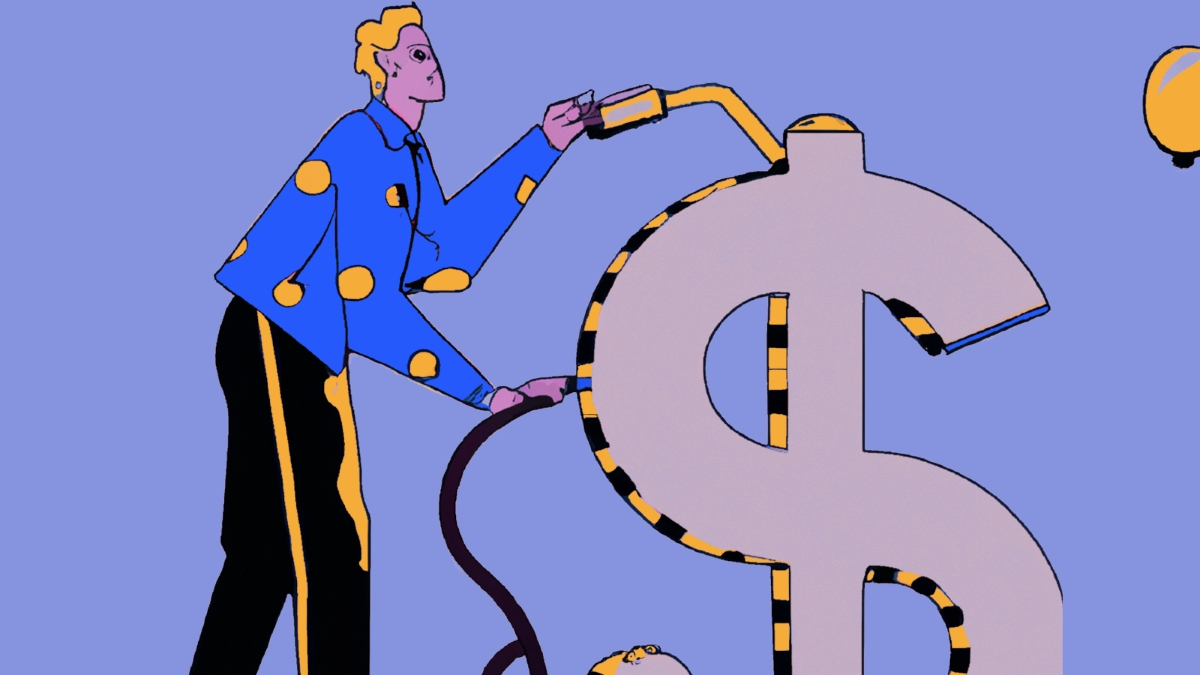

Finance
What Is Hedging Against Inflation Bad
Published: January 15, 2024
Learn why hedging against inflation is important in finance and how it can protect your investments from the negative impacts of rising prices.
(Many of the links in this article redirect to a specific reviewed product. Your purchase of these products through affiliate links helps to generate commission for LiveWell, at no extra cost. Learn more)
Table of Contents
Introduction
Hedging against inflation is a common financial strategy used by individuals and businesses alike to protect themselves against the erosion of purchasing power caused by rising prices. Inflation, which refers to the increase in the general price level of goods and services over time, can have significant impacts on the economy, society, and the environment. While hedging against inflation may seem like a smart move to safeguard one’s finances, there are also negative consequences associated with this strategy.
In this article, we will explore the concept of hedging against inflation and delve into the potential downsides it can have. By examining its economic, social, and environmental impacts, we aim to provide a comprehensive understanding of why hedging against inflation may not always be beneficial.
It is essential to note that while this article discusses the negative aspects of hedging against inflation, it does not discredit the importance of managing inflation risks. Inflation management is crucial to maintaining stability and ensuring sustainable economic growth. The intention is merely to shed light on the potential drawbacks and encourage a balanced approach when it comes to financial decision-making.
Now, let’s dive into the concept of hedging against inflation and explore its potential downsides in more detail.
What is Hedging Against Inflation?
Hedging against inflation refers to the practice of employing investment strategies or financial instruments that aim to protect against the negative effects of rising prices. The primary goal of hedging against inflation is to preserve the purchasing power of assets and income in an inflationary environment.
There are various methods and instruments used to hedge against inflation, including investing in inflation-protected securities such as Treasury Inflation-Protected Securities (TIPS), commodities, real estate, and inflation-indexed annuities. These investments are designed to adjust their value or income streams in response to changes in inflation rates.
One common strategy for hedging against inflation is investing in TIPS. TIPS are U.S. Treasury bonds that have their principal adjusted based on changes in the Consumer Price Index (CPI), a widely used measure of inflation. As the CPI increases, the principal value of TIPS also increases, providing investors with a return that keeps pace with inflation.
Investing in commodities is another popular hedging strategy. Commodities such as gold, oil, and agricultural products have historically shown a positive correlation with inflation. By allocating a portion of one’s investment portfolio to commodities, investors can potentially benefit from their price appreciation during inflationary periods.
Real estate is also considered a natural hedge against inflation. As prices rise, the value of real estate properties tends to increase. Additionally, rental income from real estate investments can be adjusted to account for inflation, providing a steady income stream that retains its purchasing power.
Inflation-indexed annuities are financial products that provide a guaranteed income for a specified period, with the income increasing in line with inflation. These annuities offer investors a way to maintain their standard of living during inflationary times.
While hedging against inflation can be an effective strategy to mitigate the negative effects of rising prices, it is not without its drawbacks. In the following sections, we will discuss some of the potential negative consequences of hedging against inflation, including its economic impacts, social implications, and environmental consequences.
The Negative Effects of Hedging Against Inflation
While hedging against inflation may seem like a prudent financial strategy, it is important to recognize that there can be negative consequences associated with this approach. These drawbacks span economic, social, and environmental aspects, affecting individuals, businesses, and society as a whole.
One of the primary negatives of hedging against inflation is the opportunity cost. Investing in inflation-protected assets or using hedging instruments often comes with trade-offs in terms of potential returns. While these strategies aim to preserve purchasing power, they may not generate as high returns as other investment opportunities that do not directly target inflation protection. This means that investors may miss out on potentially more lucrative investment prospects.
Another negative effect is the complexity and cost of implementing and maintaining hedging strategies. Managing a portfolio exposed to inflation-protected assets requires careful consideration, ongoing monitoring, and potentially higher fees. Additionally, the availability and accessibility of these instruments may limit the options for investors, creating barriers for those who aim to hedge against inflation effectively.
Furthermore, hedging against inflation can contribute to market inefficiencies. When a significant number of investors allocate their resources to inflation-protected assets, it can distort market prices and reduce the efficiency of capital allocation. This phenomenon can lead to mispricing and misallocation of resources, which may ultimately have detrimental effects on the overall economy.
Hedging against inflation can also have social implications. Inflation-protected investments tend to favor those who have the financial means to invest in them. As a result, individuals with limited resources may find it challenging to protect themselves against rising prices, exacerbating wealth inequality. This imbalance can further widen the wealth gap and hinder social mobility.
From an environmental perspective, some hedging strategies may have negative ecological impacts. For instance, investing in commodities such as oil or agricultural products can contribute to resource depletion, greenhouse gas emissions, and environmental degradation. These environmental consequences can exacerbate the challenges of climate change and environmental sustainability.
It is important to note that the negative effects of hedging against inflation are not universal and may vary depending on the specific circumstances and context. Additionally, these drawbacks should be considered alongside the potential benefits and the overall financial goals of individuals or businesses.
Now that we have explored the negative consequences of hedging against inflation, we will further examine its economic impacts in the following section.
Economic Impacts of Hedging Against Inflation
Hedging against inflation can have both positive and negative economic impacts. While it aims to protect individuals and businesses from the adverse effects of rising prices, it can also introduce certain challenges and distortions within the economy.
One of the potential economic impacts of hedging against inflation is the diversion of capital. When investors allocate a significant portion of their investments to inflation-protected assets, it reduces the available capital for other economic activities such as business investment and entrepreneurship. This capital diversion can restrict economic growth and innovation, as businesses may face limited access to funding for expansion and research and development.
Another economic impact is the potential distortion in pricing and resource allocation. As investors flock to inflation-protected assets, the demand for these instruments may increase, driving up their prices. This can lead to distorted market signals and misallocation of resources. For example, if the prices of commodities used for hedging purposes skyrocket due to increased demand, it can have knock-on effects on other sectors of the economy, leading to higher production costs and inflationary pressures.
In addition, hedging against inflation can introduce market inefficiencies. As investors focus on specific inflation-protected assets, market liquidity and price discovery may be affected. Illiquid markets can make it difficult for investors to buy or sell assets when needed, potentially leading to higher transaction costs and reduced efficiency in capital markets.
Moreover, hedging against inflation can have implications for interest rates and monetary policy. Central banks often utilize monetary policy tools to manage inflation expectations and stabilize the economy. However, if a large number of investors engage in inflation hedging activities, it can complicate the effectiveness of monetary policy. This may require central banks to adjust their strategies, potentially leading to increased volatility in interest rates or financial markets.
Lastly, hedging against inflation can impact international trade dynamics. As inflation-protected assets attract capital, it can lead to currency appreciation, making exports from the country more expensive and potentially affecting trade competitiveness. This can have implications for export-oriented industries and the overall balance of trade.
It is important to recognize that the economic impacts of hedging against inflation are not necessarily negative in all cases. In certain situations, such as during periods of high inflation or economic uncertainty, hedging strategies can provide a level of stability and protection for businesses and investors. The key is to strike a balance and consider the broader economic implications when implementing hedging strategies.
Next, we will explore the social implications of hedging against inflation and how it can impact different segments of society.
Social Implications of Hedging Against Inflation
While hedging against inflation can have potential economic benefits, it also has social implications that need to be considered. The impact of hedging strategies on different segments of society can vary, potentially exacerbating existing social inequalities and creating challenges for individuals who are less financially equipped to navigate inflationary periods.
One of the primary social implications of hedging against inflation is the potential exacerbation of wealth inequality. Inflation-protected assets and instruments often require a certain level of financial resources to invest in. This means that individuals or households with limited financial means may find it difficult to access or benefit from these strategies. As a result, those who are already financially disadvantaged may face a greater burden during inflationary periods, further widening the wealth gap.
In addition, hedging against inflation can impact the affordability of essential goods and services for lower-income individuals and families. As prices rise, the cost of everyday necessities such as food, housing, and healthcare can become more burdensome. For those who do not have access to inflation-protected assets or investments, the ability to maintain a decent standard of living can be compromised.
Moreover, the impact of hedging against inflation can be different for different demographic groups. For instance, older adults who are nearing retirement or are already retired may face unique challenges. These individuals often rely on fixed incomes from pensions, Social Security, or other retirement savings. If their income streams are not adjusted to keep pace with inflation, their purchasing power can decline, making it harder for them to maintain their desired lifestyle and meet their financial needs.
Furthermore, the social implications of hedging against inflation extend beyond individuals. Businesses, particularly small and medium-sized enterprises (SMEs), may face challenges in managing higher input costs during inflationary periods. These businesses may struggle to keep up with rising prices, impacting their competitiveness and potentially leading to job losses or reduced job security for employees.
It is also worth considering the broader social value of resources allocated to inflation-protected assets. While these investments aim to protect against inflation, they may divert capital away from social impact investments, such as education, healthcare, and infrastructure. These sectors are critical for societal well-being and progress, and reduced investment in them can hinder social development.
Addressing the social implications of hedging against inflation requires a multi-faceted approach. It involves ensuring equal access to inflation-protected assets and instruments, implementing policies that support vulnerable groups during inflationary periods, and promoting financial literacy and inclusion. By striving for a more inclusive and equitable approach to hedging against inflation, we can work towards a society where the impact of rising prices is mitigated for all individuals.
Next, we will explore the environmental consequences of hedging against inflation and its potential impact on environmental sustainability.
Environmental Consequences of Hedging Against Inflation
Hedging against inflation can have environmental consequences that need to be carefully considered. Some of the strategies employed to protect against rising prices may contribute to environmental degradation, resource depletion, and climate change.
One example of an environmental consequence is the impact of investing in commodities. Commodities such as oil, metals, and agricultural products are often used as inflation hedges. However, the extraction and production of these commodities can have significant environmental implications. Increased demand for these commodities can lead to intensified extraction methods, deforestation, and habitat destruction. Additionally, the extraction and refinement processes associated with these commodities can contribute to greenhouse gas emissions and air pollution.
Furthermore, investing in real estate as an inflation hedge can have environmental consequences. The construction and maintenance of real estate properties contribute to carbon emissions, energy consumption, and land use. As demand for real estate grows, it can lead to urban sprawl, encroachment on natural habitats, and increased pressure on resources such as water and energy.
Additionally, hedging against inflation through investments in certain industries may inadvertently support environmentally harmful practices. For example, investing in companies engaged in fossil fuel extraction and production can perpetuate a reliance on non-renewable energy sources and contribute to climate change. Similarly, investing in industries with heavy water usage or high carbon emissions can have negative impacts on water resources and air quality.
It is important to note that not all hedging strategies have significant environmental consequences. Investments in renewable energy, sustainable agriculture, or environmentally friendly technologies can align with both inflation protection and environmental sustainability goals. Emphasizing investments in these sectors can contribute to a positive impact on both the financial and environmental aspects.
To address the environmental consequences of hedging against inflation, it is crucial to consider sustainable investment practices. Incorporating Environmental, Social, and Governance (ESG) factors into investment decision-making can help identify investments that align with environmental sustainability goals. This can involve investing in companies with strong environmental practices, allocating funds to renewable energy projects, or supporting sustainable infrastructure development.
By promoting sustainable investment options and considering the environmental implications of hedging strategies, individuals and businesses can play a role in mitigating the negative environmental consequences associated with protecting against inflation.
Next, we will conclude our discussion by summarizing the key points and insights gained from exploring the drawbacks of hedging against inflation.
Conclusion
Hedging against inflation is a common financial strategy used to protect against the erosion of purchasing power caused by rising prices. While it can offer benefits such as preserving assets and income in an inflationary environment, it is important to consider the potential drawbacks associated with this approach.
Throughout this article, we have explored the negative effects of hedging against inflation. We discussed the economic impacts, including the diversion of capital, distortions in pricing and resource allocation, market inefficiencies, and impacts on interest rates and international trade dynamics. Additionally, we examined the social implications, such as exacerbating wealth inequality, affordability challenges for lower-income individuals, and the impact on older adults and businesses. Furthermore, we discussed the environmental consequences, including the potential contribution to resource depletion, pollution, and climate change.
It is crucial to approach hedging against inflation with a balanced perspective. While protecting against rising prices is important, it is equally important to consider the broader economic, social, and environmental implications. Striking a balance between inflation protection and responsible investment practices can help minimize the negative effects of hedging strategies.
Addressing the drawbacks of hedging against inflation requires a comprehensive approach. This includes promoting financial literacy and inclusion, ensuring equal access to inflation-protected assets, supporting vulnerable groups during inflationary periods, and incorporating sustainable investment practices. By doing so, we can strive for a more equitable and environmentally sustainable approach to managing inflation risks.
In conclusion, while hedging against inflation can be a useful tool, it is essential to consider the potential negative consequences and adopt a holistic approach to financial decision-making. By taking into account the economic, social, and environmental impacts, we can navigate inflationary periods while creating a more inclusive and sustainable future.
Note: The content provided here is for informational purposes only and should not be construed as financial advice. It is always recommended to consult with a qualified financial advisor before making investment decisions.

